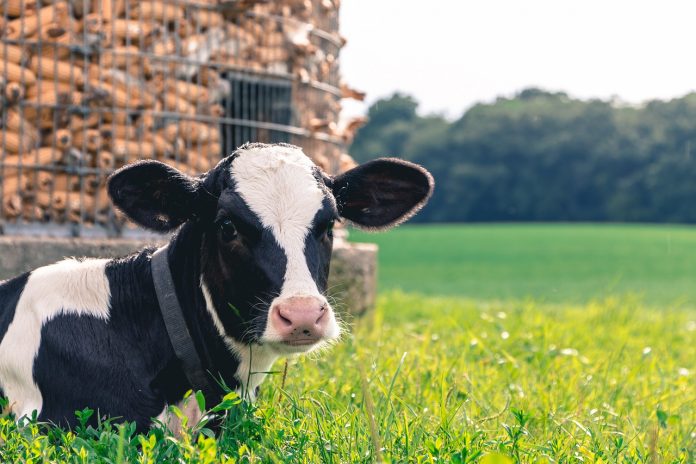MORGANTOWN, W. Va. — Picture West Virginia’s roads winding through scenic countryside flanked by farms on either side. While beautiful imagery springs to mind, the other side of the picture is that those same roads usually leave a farmer’s animals far away from a veterinarian’s care.
It’s not a problem unique to West Virginia, with approximately 500 counties nationwide having no veterinarian that provides large-animal services and 1,300 counties only having one veterinarian per approximately 25,000 animals.
With 20,000 head of cattle and 2,500 sheep, Preston County is one of those without a single large-animal veterinarian, and that’s something that caught the attention of West Virginia University Extension Service Agriculture and Natural Resources Agent Bill Shockey.
“The need for large-animal veterinarians is of concern nationwide,” he said. “If you have livestock, it’s essential that you have a preventative care plan in place and have a good relationship with a large-animal veterinarian. Even those with the smallest of herds can economically benefit from regular veterinarian visits.”
In the works
Through a new program, Shockey is working to address the veterinarian access problem across the Mountain State with fellow Extension faculty and support from the Benjamin M. Statler College of Engineering and Mineral Resources.
Shockey said the program works in two ways.
“First, we encourage farmers to pool together and schedule a veterinarian to visit all their farms in one trip — it splits the travel cost between everyone and it allows the veterinarian to maximize their schedule,” he explained.
He noted that the average distance for a veterinarian to drive was roughly 58 miles, which equates to roughly a four-hour drive in rural West Virginia and could cost producers more than $250 additional dollars per trip.
“But, more importantly, we help producers understand the importance of having a close relationship with their vet, and once that relationship is established, animal health problems have a better chance of being solved over the phone or other electronic media,” he said.
Smartphone app
A flashier piece of technology comes in handy for this part of the equation — a mobile phone application that connects clients to a veterinarian in real time.
Once fully up and running, it’s a tool that Shockey sees coming in handy for producers around the state, especially in emergency situations where animals are sick or injured.
The application will have video and photo capabilities, helping veterinarians see what’s happening in order to give care instructions and helping them prioritize if a visit is needed.
Relationship essential
Shockey emphasized the effectiveness of the application hinges on how familiar the veterinarian is with the herd.
They hope the program will help producers cultivate a closer relationship to a large-animal veterinarian and give them tools to help defray costs and increase accessibility.
Dollar impact
The economic impact could be significant. If enough producers are reached to meet a milestone objective of 3,000 animal units, the financial benefits to the region could be more than $150,000 just by a veterinarian performing pregnancy checks.
Shockey and other WVU Extension Service faculty are organizing demonstration programs, town hall meetings and some on-farm veterinarian visits starting in 2018 across the state for those producers who are interested in learning more about how their animals receive care.











As a veterinarian, I hope I can add some insight as to some reasons WV is not attractive for veterinarians. I hold both my OH and my WV licenses and have an ambulatory practice out of SE Ohio which also services WV. It’s is 5x more expensive to keep a WV license than an OH license with more costly CE requirements. On top of that WV has recently implemented an annual fee to have an ambulatory practice in WV. I know one colleague who dropped his WV this past year and another who is planning to stop servicing WV due to the new annual fee. WV doesn’t have its own vet school which makes it even more challenging to attract people. There are a lot of apects about having an ambulatory practice in WV that should be reformed to make it more attractive. Also for veterinarians who want to move to the area there are rules regarding a supplemental licensing test they have to take that are only twice a year offered and then they have to find another licensed vet in the state to sponsor them until they can take the exam. Long story short West Virginia makes it hard on the veterinarian and hard on their practice to get started, so why bother.